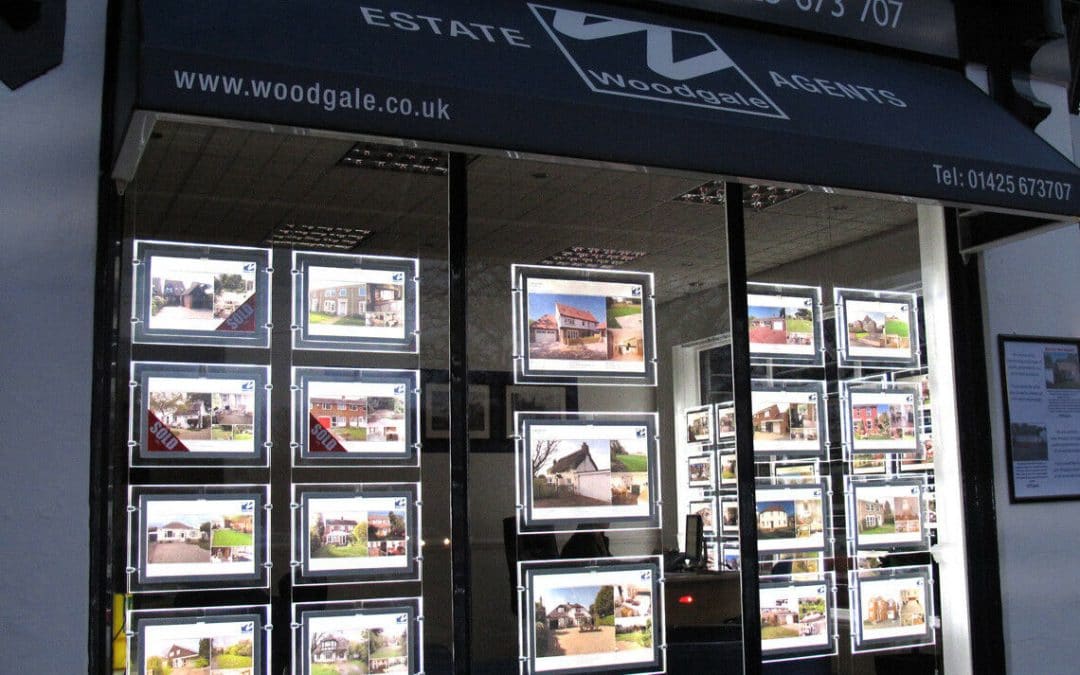House prices in 2025 – which areas are predicted to fall or rise the most?
Nationwide Building Society’s monthly report on house prices recorded their biggest monthly fall in June 2025 since January 2023.
For July Rightmove announced: ” House prices see biggest July drop in over 20 years “
In June average property prices dropped 0.8 per cent to £271,619, more than cancelling the small increase in May of 0.4 per cent. This in turn impacted on annual growth rates which reduced to 2.1% (down from 3.5 per cent in the previous month), the lowest since July 2024.
Nationwide’s chief economist Robert Gardner, said: “The softening in price growth may reflect weaker demand following the increase in stamp duty at the start of April.” However, he expects “activity to pick up” from the Summer as “the unemployment rate remains low, earnings are rising at a healthy pace in real terms, household balance sheets are strong and borrowing costs are likely to moderate a little”.
From 1 April stamp duty thresholds reverted to pre 2022 levelson, significantly increasing costs for property buyers, especially first-time buyers who now have to pay the tax on homes costing £300,000 or more, instead of the previous threshold of £425,000.
Increasing supply is also a factor behind the slowdown in prices. Estate agents are experiencing a multitude of new instructions, including some properties coming back onto the market that were withdrawn from sale in the slow market last year, adding to the traditional ‘Summer surge’.
Rightmove states that: “It appears that we’re now seeing the decade-high level of homes for sale, and the recent stamp duty increases in England, have a delayed impact on new sellers’ pricing. Agents have been telling us that sellers need to set a competitive price to have a better chance of finding a buyer in the current market, and it looks like many are listening and responding to that message.”
Rightmove also note that asking prices fell most rapidly in the south-west, south-east and London in June, down 1.6%, 1% and 0.9% respectively, highlighting that buyers in these regions were disproportionately affected by recent changes to stamp duty. The largest increases in available homes for sale compared with last year were also in London, the south-west and south-east.
However some areas have seen much higher price increases over the last year. Northern Ireland recorded the fastest annual house price growth at 9.7% in the second quarter, but down from 13.5% in the first quarter.
Scotland saw a 4.5% annual rise, Wales 2.6% slightly above England with an overall 2.5% annual rise. East Anglia was the region with the lowest annual price rises of 1.1%.
Here’s the full BBC report on house prices seeing their biggest fall for 2 years.
Check out our Rightsurvey blog page for more industry tips and secrets written by property professionals to help put you in control.



